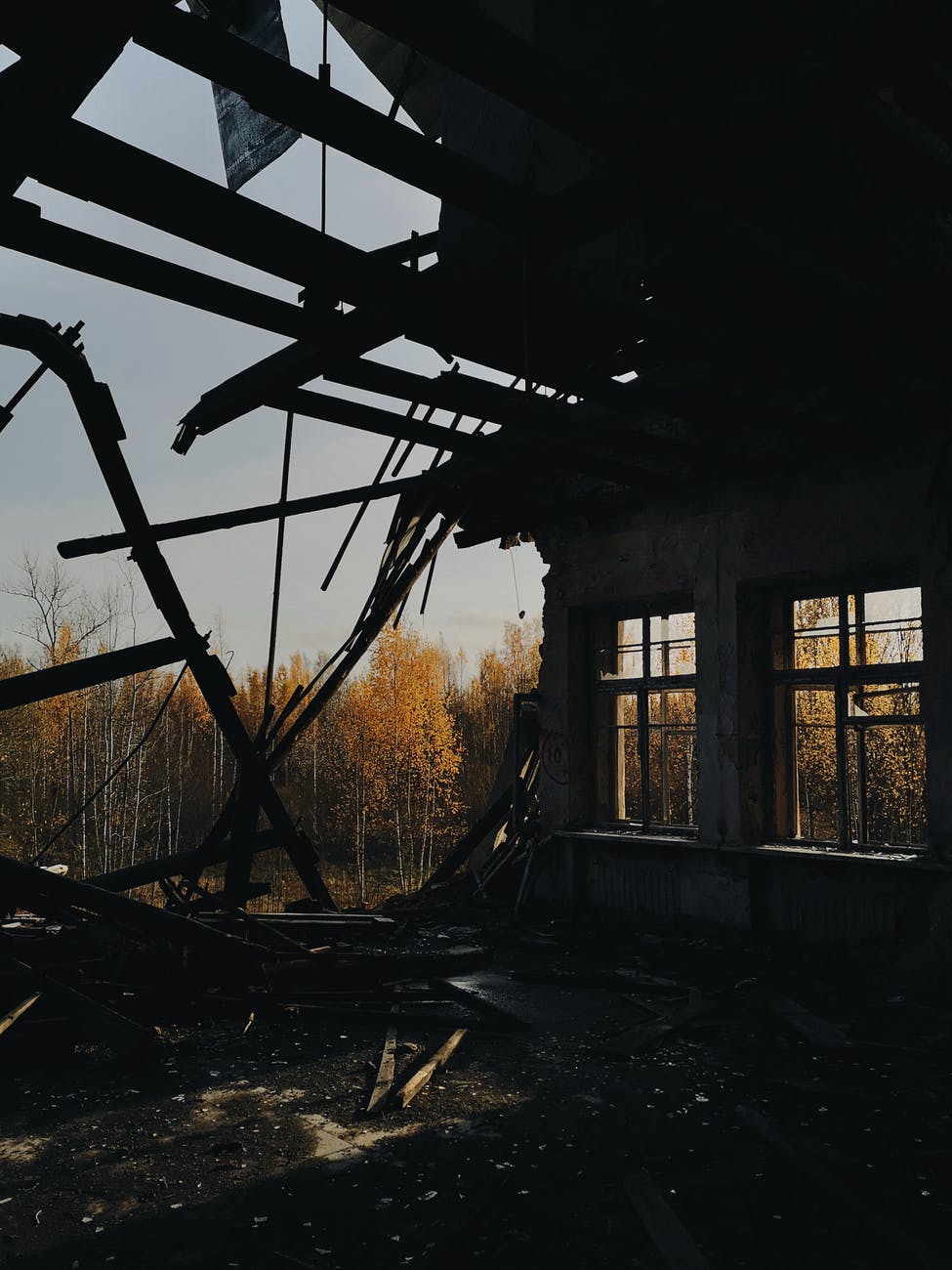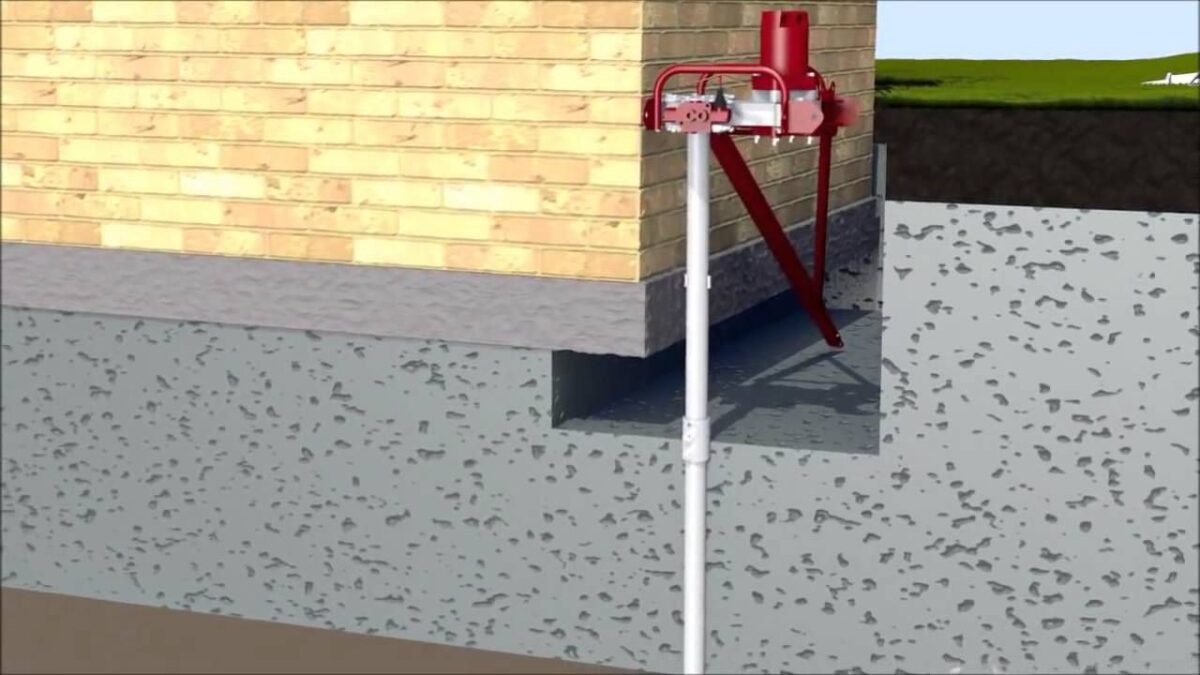
The first step to a successful house demolition process is finding a licensed and insured
contractor. Once you have chosen a contractor, meet with them on site to discuss the process
and schedule. A permit is required to demolish a home. You can get one at your local authority
or online. Before the demolition begins, contact your local utility company. Before you begin to
tear down the house, disconnect underground utilities.
Once you have the demolition date, contact the city council to wait for approval. You might want
to remodel the house if it has severe structural problems. Remodeling will require more money to
repair the damage and build a brand new structure. If you know where to look, a successful
house demolition process can be much more affordable than you might have previously thought.
If you wish to start the demolition yourself, ensure you have all necessary permits. These permits
can be obtained through licensed contractors. Demolition regulations vary by county, and it’s
vital to follow local laws to protect the community. Notify your neighbors. While your home may
be worth more, you shouldn’t disregard the concerns of neighbors. You should notify your
neighbors if you are tearing down an older house so they can plan accordingly.
To ensure a successful demolition of your house, make sure everything is in writing. Start by
getting a quote from a building contractor. Next, you will need to get planning and shire approval
for your demolition. Lastly, get the final cross-overs approved before the demolition begins. This
will ensure that you don’t have long to begin your new home. You might be surprised at how fast
the house demolition process can be.
30% of all landfill waste is made up of deconstruction debris. California law requires that
demolition materials be recycled. Concrete, sheetrock, and wood can all be recycled. Electrical
wiring and sheetrock are recyclable. They can even be recycled by a company. You should also
hire a professional crew to handle this step. A team of professionals can get the job done in a
matter of hours. You should read the references of any demolition company before you hire
them.
Before the demolition, you’ll want to make sure you have enough budget for the project. Your
budget will be dominated by the demolition phase. A typical construction project has a
contingency budget of ten per cent. This part of the project is complex because of many
unknowns. This is why planning is so important. A demolition job can generally take between two
to five days.
The company should comply with environmental guidelines, and obtain a permit through the Bay
Area Air Quality Management District. It should also shut down utilities and services in the area.
Hazardous materials will be cleaned up. Safety gear should be provided to workers, including a
hi-vis vest and protective gear. To help the community, you can also donate these materials to
charity. If possible, you should recycle them. These materials will reduce your disposal costs.
Once you have chosen a company, verify that they are qualified to perform the job. The NSP2
Consortium has information about your specific demolition project. There is a section for
Michigan NSP2 project. This group is a good resource for information on the rules and
regulations in your area. The Michigan NSP2 Consortium has detailed information about how to
choose the right demolition company for your project. You’ll be happy you did.
Planning is key to a successful house demolition process. If you want to salvage as much as
possible, hire a demolition company that recycles its materials. Many times, you will find recycled
materials in your demolition waste, such as concrete and brick, that can be used for driveways.
You will need to use generators or batteries if you are working in an older house without
electricity. If you plan to demolish the house yourself, renting a Jackhammer or other heavy
machinery can save you lots of time and headaches.


